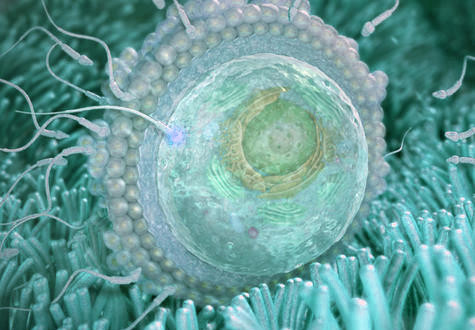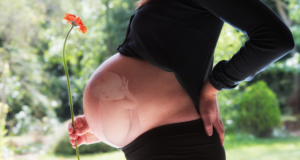Mum
A major sign of ovulation is the change to your mucus which becomes thin and clear, looking a little like egg white.
The lining of your womb becomes engorged with blood ready to receive and nourish the expectant embryo. In preparation for supporting a pregnancy, your body’s hormones also begin to rise.
Fertilisation occurs if one of the 350 million sperm in the average ejaculate from a man penetrates an egg from a woman.
Only one sperm breaks through and joins the egg which then closes so no more sperm can enter. If the egg splits in two, identical twins or multiples may be formed and if more than one egg gets fertilised, fraternal twins or multiples will form.
Bub
The single fertilised egg is where baby begins to from into a cell dividing itself and rapidly multiplying. The sperm carries genetic information with it including an X or Y chromosome (determining baby’s gender) and the egg carries more genetic information together with the X chromosome.
All of a person’s physical characteristics are pre-determined when these chromosomes combine. The developing embryo continues to divide rapidly as it makes its way from the fallopian tube to the uterus around thirty hours later.
Tips
- Maintain a daily intake of folic acid to reduce the likelihood of neural tube defects such as spina bifida.
- Maintain your usual exercise regime.
- Consider reducing any intake of alcohol.
- Quit smoking. Your partner should also consider quitting so mum and bub don’t suffer from the effects of passive smoking.
 Mums and Bubs
Mums and Bubs





